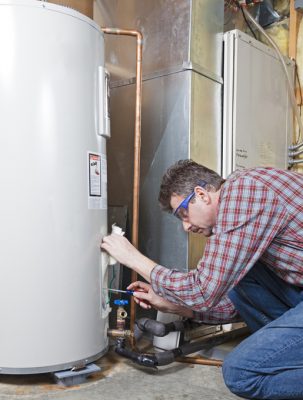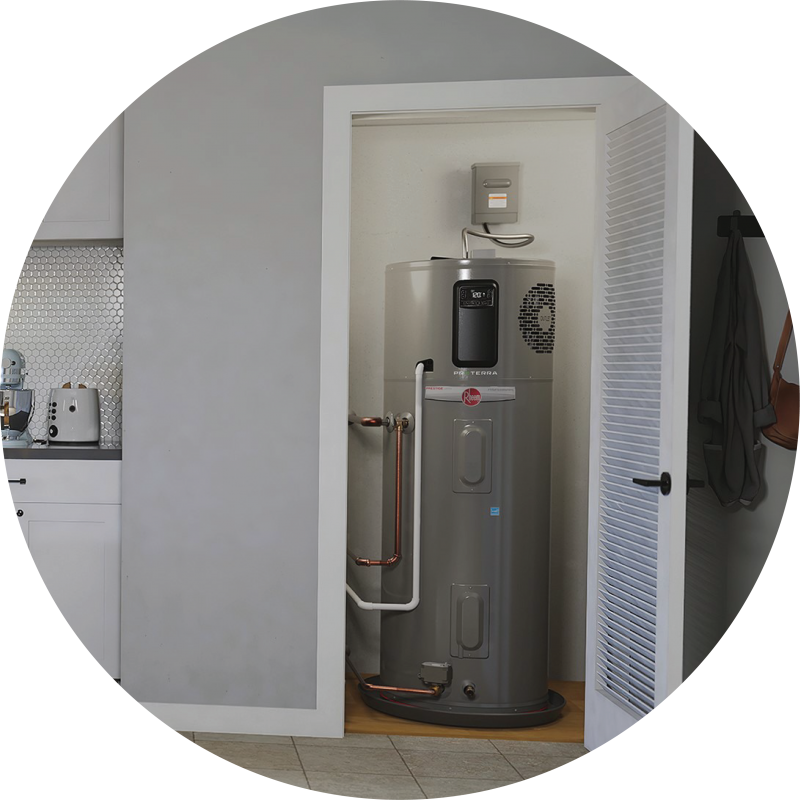Professional Advice for Caring for Your Home's Hot Water SystemSimple Steps to Caring for Your Home's Hot Water System
Professional Advice for Caring for Your Home's Hot Water SystemSimple Steps to Caring for Your Home's Hot Water System
Blog Article
Have you been on the lookout for facts involving Water Heater Maintenance Tips You Can't Afford to Forget?

Warm water is vital for daily convenience, whether it's for a rejuvenating shower or washing dishes. To guarantee your hot water system runs efficiently and lasts longer, normal upkeep is essential. This article gives sensible ideas and insights on how to preserve your home's hot water system to stay clear of interruptions and pricey repair services.
Introduction
Keeping your home's warm water system may seem overwhelming, however with a couple of simple actions, you can ensure it runs efficiently for many years to come. This overview covers whatever from understanding your warm water system to DIY upkeep suggestions and understanding when to employ professional assistance.
Value of Maintaining Your Warm Water System
Normal maintenance not just prolongs the lifespan of your hot water system yet also guarantees it operates successfully. Overlooking upkeep can lead to reduced effectiveness, higher power bills, and even early failure of the system.
Indicators Your Hot Water System Requirements Upkeep
Understanding when your warm water system requires interest can protect against major issues. Look out for indications such as irregular water temperature, strange noises from the heating unit, or corroded water.
Comprehending Your Hot Water System
Prior to diving into maintenance jobs, it's useful to comprehend the fundamental parts of your hot water system. Usually, this consists of the water heater itself, pipelines, anode rods, and temperature level controls.
Monthly Maintenance Tasks
Normal monthly checks can assist capture small issues before they rise.
Flushing the Water Heater
Purging your hot water heater eliminates debris buildup, improving efficiency and lengthening its life.
Checking and Replacing Anode Rods
Anode poles protect against corrosion inside the tank. Checking and replacing them when broken is critical.
Inspecting and Changing Temperature Level Setups
Readjusting the temperature level setups guarantees optimum efficiency and safety and security.
DIY Tips for Maintenance
You can carry out a number of upkeep jobs on your own to maintain your hot water system in top condition.
Checking for Leaks
On a regular basis evaluate pipelines and links for leakages, as these can cause water damage and higher expenses.
Examining Stress Alleviation Valves
Checking the stress safety valve guarantees it operates appropriately and protects against too much pressure accumulation.
Insulating Pipes
Shielding hot water pipes lowers warm loss and can conserve energy.
When to Call a Specialist
While DIY maintenance is beneficial, some concerns call for expert know-how.
Complex Problems Needing Professional Assistance
Examples consist of major leaks, electric issues, or if your water heater is consistently underperforming.
Regular Professional Upkeep Benefits
Specialist maintenance can include comprehensive inspections, tune-ups, and ensuring conformity with security requirements.
Verdict
Routine maintenance of your home's hot water system is essential for efficiency, long life, and price financial savings. By adhering to these pointers and recognizing when to look for specialist assistance, you can guarantee a trustworthy supply of warm water without unforeseen interruptions.
Water Heater Maintenance: The Basics
Maintaining your water heater will ensure it operates efficiently and has a longer lifespan. Neglecting regular maintenance can lead to costly repairs and an even bigger chunk of your savings if you have to replace it sooner than necessary. But there’s good news: Most water heater maintenance tasks are relatively simple and easy for homeowners with basic DIY skills.
Flush the Water Heater
Over time, sediment and minerals can build up in the tank, reducing its efficiency and potentially causing damage. To flush the tank, turn off the power or gas supply, attach a hose to the drain valve near the bottom and open the valve to drain the water until it runs clear. Ideally, flush the tank annually.
Replace the Anode Rod
The anode rod is a sacrificial metal rod that helps prevent corrosion inside the tank. Inspect and replace it every three to five years or per the manufacturer's recommendation. To replace the anode rod, turn off the power or gas supply, drain a few gallons of water from the tank, unscrew the old rod and replace it with a new one. If the anode rod is significantly corroded or covered in calcium buildup, it's a sign the water heater may need to be replaced soon.
Tune-Up
A yearly tune-up can help identify potential issues and ensure your water heater operates at peak efficiency. This typically involves checking the thermostat, burner assembly (for gas heaters) and any other components specified by the manufacturer. During a tune-up, the technician may also clean the burner and adjust the pilot light (for gas heaters) or examine the heating elements (for electric heaters).
How to Maintain Your Water Heater
Insulate the tank. Insulating the tank can improve energy efficiency and reduce heat loss, saving you money on energy bills. You can purchase precut insulation blankets designed specifically for water heaters or use standard fiberglass insulation wrapped securely around the tank. Check the temperature. The recommended water temperature for most households is around 120 degrees Fahrenheit (49 degrees Celsius). Higher temperatures can increase energy costs and potentially cause scalding. Use a kitchen thermometer to check the temperature at the faucet nearest the water heater. Monitor water pressure. Excessive water pressure can strain the water heater and cause leaks or even tank failure. Install a pressure-reducing valve if necessary. The ideal water pressure range is between 60 and 70 PSI (pounds per square inch). Test the temperature and pressure (T&P) relief valve. The T&P relief valve is a safety feature that releases pressure if the tank gets too hot or the pressure builds up too high. Test it annually by lifting the lever and allowing a small amount of water to release. Replace the valve if it doesn't release water or reseal properly. Check for leaks. Regularly inspect the tank, pipes and fittings for leaks or corrosion. Deal with issues promptly to prevent further damage. Even a small leak can lead to significant water damage over time. Consider a tankless water heater. If your traditional tank-style water heater is nearing the end of its lifespan ( typically 10 years), consider replacing it with a tankless water heater. These units heat water on demand, reducing standby energy losses and potentially saving you money on your energy bills. Schedule professional maintenance. While homeowners can perform many water heater maintenance tasks, it's still a good idea to schedule professional maintenance every few years. A plumber or HVAC technician can thoroughly inspect the unit, identify potential issues and ensure it operates safely and efficiently. https://www.homeserve.com/en-us/blog/home-improvement/hot-water-heater-maintanence/

We had been shown that write-up about Water Heater Maintenance Tips You Can't Afford to Forget from a pal on another web address. Enjoyed our content? Please share it. Help other people locate it. Thanks for being here. Don't hesitate to visit our website back soon.
Schedule Here Report this page